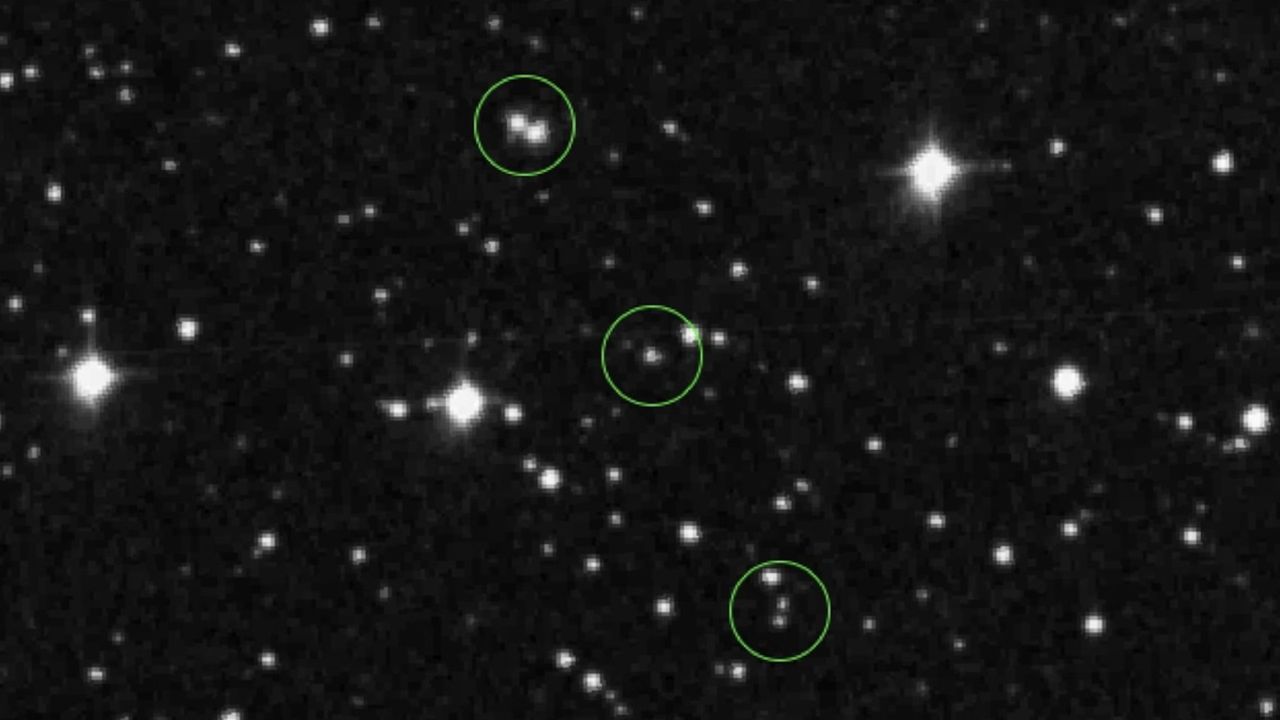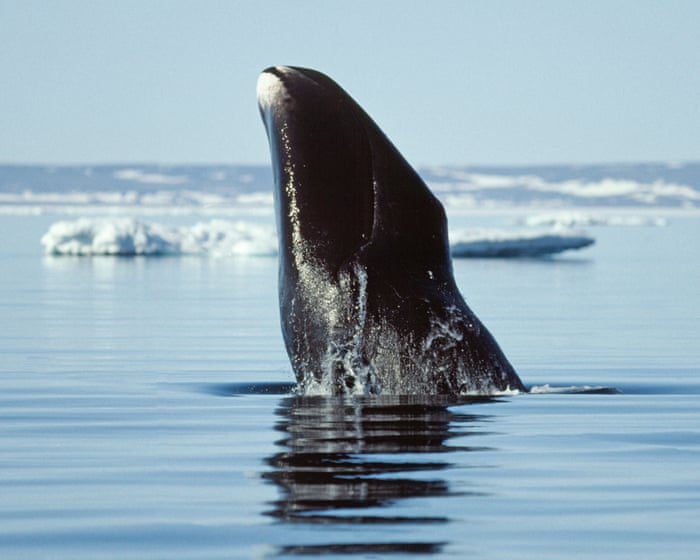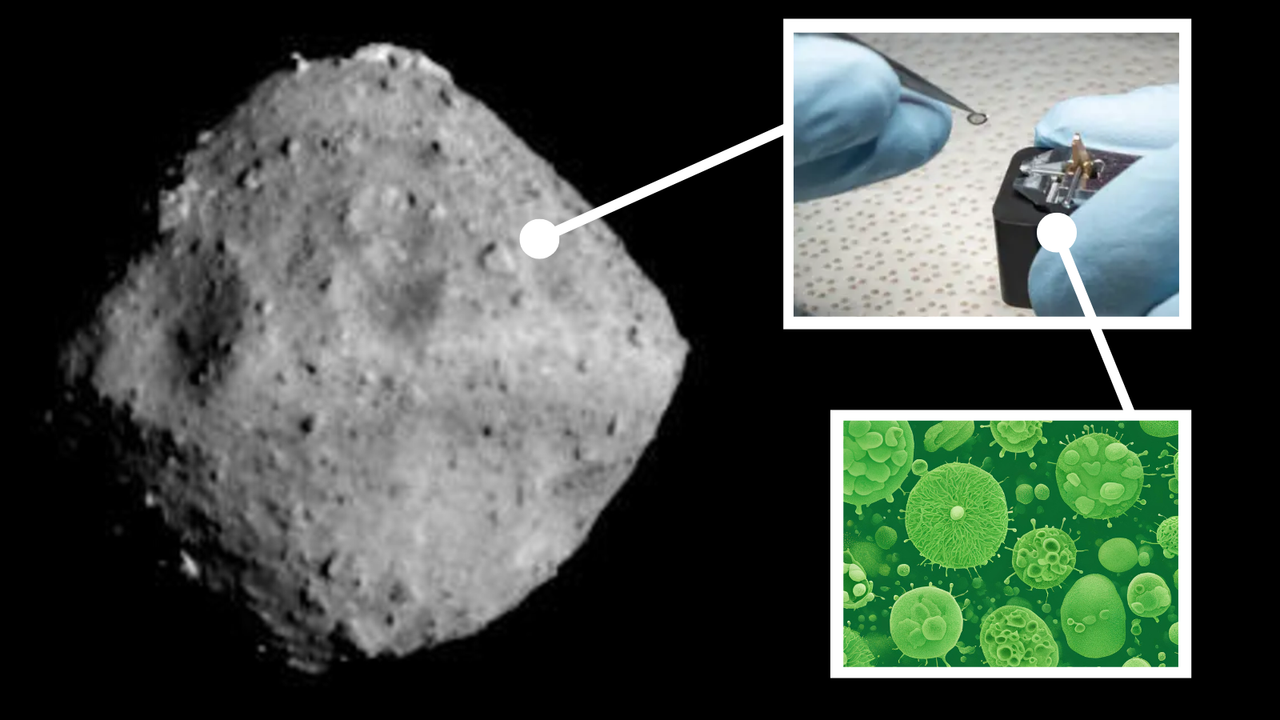Humanoid robots could lift 4,000 times their own weight thanks to breakthrough 'artificial muscle'
PositiveScience

Researchers have made a significant breakthrough in robotics by developing an artificial muscle capable of lifting up to 4,000 times its own weight. This innovation could revolutionize the capabilities of humanoid robots, making them more efficient and versatile in various applications. The potential uses for such advanced technology are vast, from assisting in heavy lifting tasks to enhancing robotic interactions in everyday life.
— Curated by the World Pulse Now AI Editorial System








